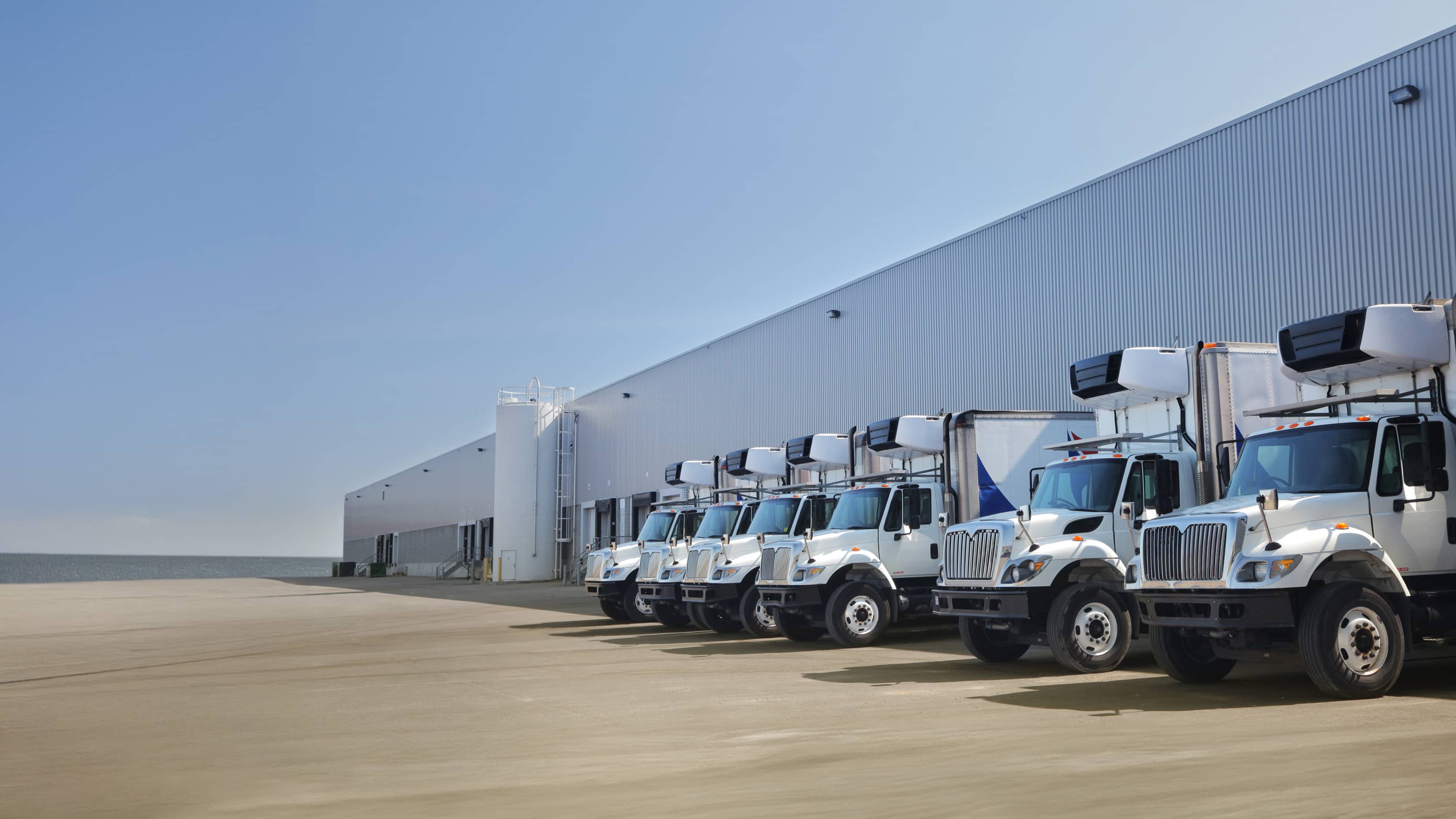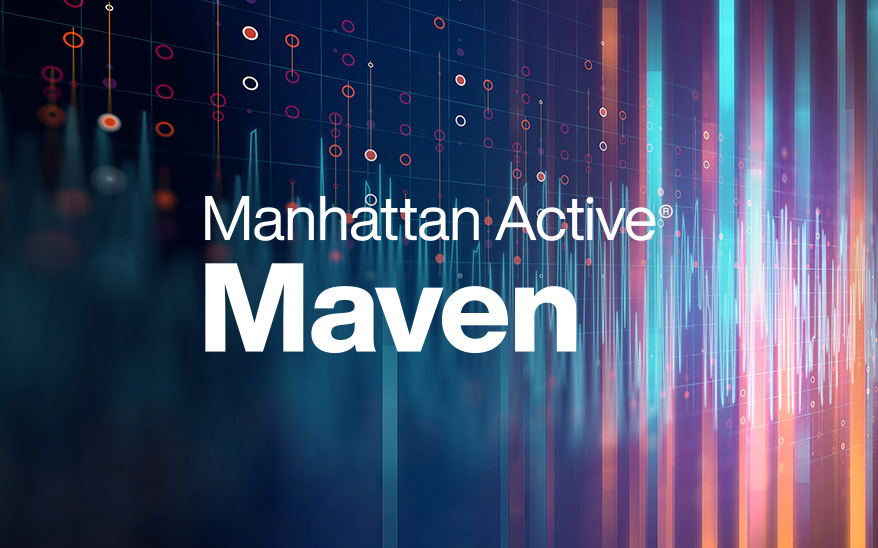Top Ten Must-Have TMS Features for Fleet & Carrier Orchestration
- July 28, 2025
- Manhattan Staff
- 3 minutes

Key Takeaways
A modern Transportation Management System (TMS) is no longer a luxury—it's a necessity for businesses aiming to thrive in today’s complex supply chain landscape. This article explores the top advanced TMS features that empower organizations to enhance efficiency, reduce costs, and stay agile in a rapidly evolving logistics environment.
- Optimized Logistics Through Intelligent Orchestration: Modern TMS solutions provide unified control, real-time visibility, and advanced route and load optimization to streamline operations, reduce costs, and improve delivery efficiency.
- Enhanced Flexibility and Responsiveness: Features like multi-modal support, dynamic fleet management, and scenario planning allow businesses to adapt quickly to changes in demand, disruptions, and environmental goals.
- Collaboration and Automation for Operational Excellence: In-app communication, automated freight settlement, and sustainable carrier selection drive better coordination, accuracy, and sustainability across the supply chain.
A modern transportation management system (TMS) is vital for optimizing logistics operations, reducing costs and enhancing service levels. But how can you ensure efficient route planning, real-time visibility and intelligent load management? To navigate the complexities of modern supply chains with agility and accuracy, advanced orchestration capabilities are essential. Let’s review the top 10 advanced TMS features which will improve your fleet and carrier orchestration.
1. Unified Control and Optimization
A centralized platform that offers comprehensive command and control over your operation is key. It enables users to see, plan, optimize and execute transportation tasks seamlessly. This unified approach across supply chain technology opens the door to real-time insights and actionable data, which are critical for maintaining efficient and responsive operations.
2. Advanced Route Optimization
Advanced optimization algorithms ensure that routes are planned with maximum efficiency. These tools consider traffic conditions, distances, delivery windows, and other variables to recommend the most efficient routes, thereby reducing fuel consumption, miles driven and related operational costs.
3. Real-Time Visibility and Tracking:
Being able to see critical information is essential for precision in fleet and carrier orchestration. A robust TMS provides real-time tracking of shipments, allowing operations (and their customers) to monitor the location and status of goods throughout the transportation lifecycle. This visibility enables proactive management of potential issues, ensuring on-time deliveries and improved SLA performance.
4. Intelligent Load Optimization
Load optimization minimizes empty space in transportation vehicles, reducing the number of trips and associated emissions. Continuous optimization capabilities allow for last-minute adjustments to shipments, ensuring maximum capacity and efficiency.
5. Dynamic Fleet Management
Advanced scheduling and real-time tracking of vehicles and drivers are made possible through advanced dispatch and fleet management features. These systems support the allocation of resources through intuitive actions and integration with onboard computer (OBC) systems, enhancing predictability and minimizing idle times.
6. Multi-Modal Support
Supporting various modes of transportation – including sea, land, air, and rail – ensures flexibility and scalability for global logistics operations. This orchestration allows businesses to leverage the strengths of different transportation options, optimizing the movement of goods across diverse geographical regions.
7. Scenario Planning and Network Modeling
Advanced modeling tools enable businesses to run multiple what-if scenarios to evaluate forecast trends and the overall impact of different plans. This capability helps decisionmakers be as informed as possible in optimizing routes, reducing the number of shipments and improving service levels.
8. Sustainable Carrier Selection
A growing consideration in modern logistics, sustainable carrier selection allows businesses to prioritize those with better environmental performance. This feature ensures that transportation decisions align with sustainability goals and reduce your operational carbon footprint.
9. In-App Messaging and Collaboration
In-app messaging and notifications facilitate collaboration between co-workers, carriers, partners and vendors. This real-time communication capability helps in swiftly addressing issues and making coordinated decisions.
10. Automated Freight Settlement
Automating this process reduces manual input, streamlines operations and ensures accurate billing. Robust auditing tools enhance compliance and financial integrity, allowing businesses to manage their transportation costs effectively and avoid overcharges.
Final Thoughts
Choosing a TMS with advanced features like Manhattan's Transportation Management System is crucial in achieving precision in fleet and carrier orchestration. Armed with these essential capabilities, businesses can significantly enhance their logistics performance, stay agile in the face of disruptions, and drive superior service levels. This holistic approach to transportation management empowers companies to meet the evolving demands of the modern supply chain, ensuring timely deliveries and overall operational excellence.
Related Insights
Manhattan offers a complete breadth of solutions that when unified, provides total coverage for your supply chain commerce needs.

Transportation Management
Orchestrate every carrier, rate, route, and load with Manhattan Active® Transportation Management, engineered to adapt and grow with your business needs.

Migrating to Manhattan Active® Transportation Management
Learn how to successfully transition to a more unified solution that is ideally suited for a complex and ever-changing logistics environment.

The Unified Supply Chain
It makes no sense to separate distribution and transportation. To maximize efficiency, visibility, and performance, Manhattan believes it’s time to think in terms of inbound and outbound, rather than WMS versus TMS.





